By Michael Collins & Martin King
BACKSTORY: Unternehmen Wacht-am-Rhein (Operation Watch on the Rhine), better known in the West as the Battle of the Bulge, had its beginnings following the failed assassination attempt on Adolf Hitler’s life by Colonel Count Claus Schenk von Stauffenberg and a group of other high-level plotters who felt that their Führer was not only leading Germany to defeat but also its doom, and thus had to be eliminated.
After the assassination plot failed, Hitler became even more paranoid and unpredictable. The problem was complex; so were Hitler’s mental processes. Hitler was a leader who never found himself distracted or restrained by the facts and who, by nature, clung to an almost mystic confidence in his own strategic ability. He thought that defeat could be postponed and perhaps even avoided by some decisive stroke. To these circumstances must be added Hitler’s implicit faith that the course of conflict might be reversed by his military genius.
Hitler made the first announcement of the projected counteroffensive in the Ardennes—a hilly, wooded area on the German-Belgian border—during a meeting with his senior commanders on September 16, 1944. Why did Hitler choose the Ardennes as the location for the proposed counteroffensive?
To answer this question simply, the Ardennes would be the scene of a great winter battle because the Führer had placed his finger on a map and made a pronouncement. There was also a historical precedent to this decision, since the German army had used this route before, in 1870 at the beginning of the Franco-Prussian War, in 1914 as part of the von Schlieffen plan, and again in 1940.
Hitler believed that the alliance between Great Britain and the United States was shaky and that by inflicting heavy casualties on his enemies in the West he would force them to sue for peace; he could then marshal all his resources against the Soviets approaching from the east. Perhaps, so went Hitler’s reasoning, the British and Americans might even finally see the light and regard the Soviet Union as an enemy that they and Germany should be fighting together.
Strategically, Hitler decided to strike a blow along the dividing line between the British and American armies that would penetrate all the way from Germany’s western border near Aachen to the Belgian port of Antwerp, which the Allies were using to bring new supplies and reinforcements into the continent.
By the middle of December 1944, Hitler had assembled the forces he would need for his surprise assault in the West—forces that Allied intelligence had failed to detect. The stage was set for Nazi Germany’s last-gasp counteroffensive.
This article is adapted from Michael Collins and Martin King’s book, Voices from the Bulge (Zenith Press, 2011).
The American Shortage of Infantry
One of the critical problems facing General Dwight D. Eisenhower on the eve of the Battle of the Bulge was a severe shortage of infantrymen. By December 15, 1944, Lt. Gen. Omar Bradley, head of 12th U.S. Army Group, reported that his command lacked 17,000 riflemen because of casualties caused by prolonged combat and almost constant exposure to one of the severest winters Europe had ever known. Although Eisenhower ordered the reclassification as infantrymen of as many support personnel as possible, the shortfall continued to grow.
But neither Ike nor Bradley nor 21st Army Group head Field Marshal Sir Bernard L. Montgomery was aware of the tremendous buildup of German forces (290,000 men, 2,617 artillery pieces and rocket launchers, 1,038 tanks and self-propelled guns) taking place in the towns and villages and forests along the German-Belgian-Luxembourg border. To the west, four U.S. divisions and one cavalry group stood nervously on guard.
The Defenders of St. Vith
One of the American divisions on the front line at that time, the 106th “Golden Lion” Infantry Division, under Maj. Gen. Alan W. Jones, had only arrived in Europe on December 6 and had yet to see combat. After a three-day road march from Limesy, France, to St. Vith, Belgium, in rain, cold, and snow, the division was assigned to Maj. Gen. Troy Middleton’s VIII Corps and took up positions in a slightly bulging arc along a forest-crowned ridge of the Schnee Eifel approximately 12 miles east of St. Vith.
The 14th Cavalry Group, attached to the 106th, held the northern flank. Next, in the easternmost part of the curve, the 106th’s 422nd Infantry Regiment held the line. To the 422nd’s right, swinging slightly to the southwest, was the 423rd, and almost directly south was the 424th. Beyond the 424th, on the division’s southern flank, was Maj. Gen. Norman D. Cota’s 28th Infantry Division.
The 106th had been assigned to a “quiet,” 27-mile sector of the front where it would not be expected to see much action. The 28th Division, on the other hand, had seen its numbers seriously depleted weeks earlier by the badly organized and orchestrated Battle of the Hürtgen Forest in the Aachen-Düren-Monschau triangle a few miles north of St. Vith.
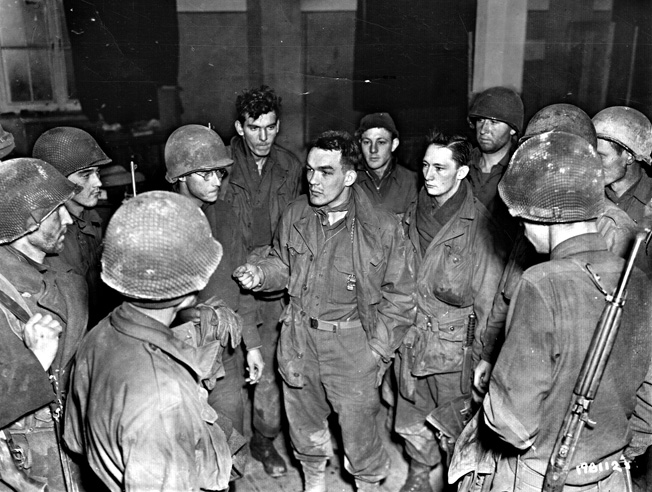
St. Vith was headquarters for the 106th, and the rear echelon was in Vielsalm, about 12 miles due west. St. Vith had been a quiet, German-speaking market town at a crossroads in the “High Fens” area of Belgium adjacent to the German border. Until 1919, it had been geographically in Germany, but the Treaty of Versailles put an end to that.
The little road center of St. Vith had seen war before. It was through St. Vith that the Nazi Panzers had rolled to Sedan in 1940; German infantry had marched through it 26 years earlier, in 1914. But it had never been a battleground before that fateful day of December 16, 1944, when it became the epicenter of the German attacks. Its only claim to fame before that was that it was the birthplace of Saint Vitus, later to become associated with a nervous condition called “Saint Vitus dance,” and many frayed and shattered nerves would shake on that freezing December day.
A Failure in Communication
During the night of December 15, frontline units of the 106th noticed increased activity across the border. The 28th Division farther south in Luxembourg also reported frenzied activity by the German Army along the east bank of the River Saar.
The main problem was that despite the many warnings about a build-up of German forces leaders at Allied headquarters remained dismissive. The intelligence was delivered but frequently dissipated and dismissed as it filtered up through the ranks. The men at the top just were not listening.
Why was there such a colossal failure to communicate this highly important intelligence to headquarters? During the Allies’ reconquest of France, the extensive network of the French resistance had provided valuable intelligence about German dispositions. Now that Allied forces had reached the German border, this source had evaporated.
In France, orders had been relayed within the German Army using radio messages ciphered by the Enigma machine, and these could be picked up and decrypted by ULTRA. In Germany, such orders were typically transmitted using telephone and teleprinter. All commanders operated under a special radio silence order, which was vehemently imposed on all matters concerning the upcoming offensive.
The Enigma codebreakers at Bletchley Park in England forwarded information concerning this, but the intelligence had been either ignored or dismissed. Furthermore, German Army radio silence proved to be very effective; by December 15, three units of the German Army had managed to surreptitiously maneuver themselves into position on the Schnee Eifel almost under the noses of the Allies.
Operation Wacht-Am-Rhein Begins
The failure of intelligence was about to prove costly. The eerie silence that pervaded those rolling hills out on the frozen Schnee Eifel (the portion of the Ardennes that extends into Germany) was broken at 5:30 am on the morning of December 16, 1944. Nazi Nebelwerfers (multibarreled mortars nicknamed “Screaming Meemies”), artillery pieces, and tanks unleashed their hellish fury on the unsuspecting U.S. troops of the 106th Division strung out there.
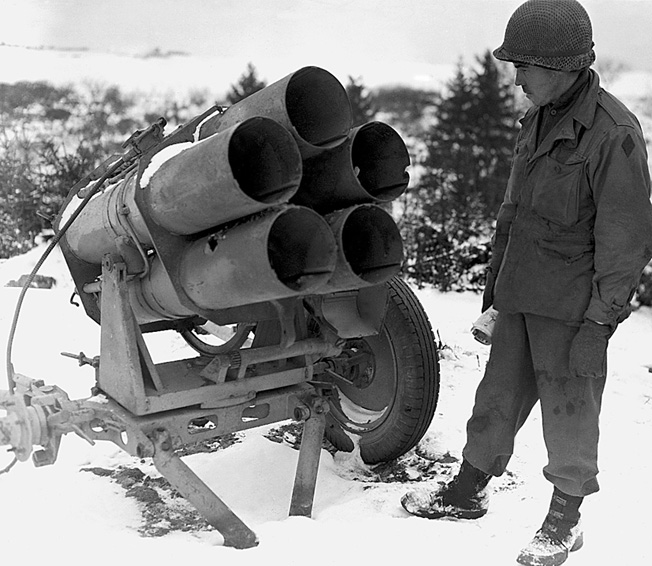
Within minutes, the pastoral calm of the Schnee Eifel had been transformed into a raging inferno of apocalyptic proportions as flying metal pierced the arctic air accompanied by the menacing, deep, throaty rumble of advancing Nazi Tiger and Panther tanks, some of the latter equipped with the latest that German military technology had to offer, including “night vision.”
Recalling the Artillery Barrage
The green troops of the 106th Division were about to discover what it was really like to be on the receiving end of a full-scale attack. As John Hillard Dunn, Company H, 423rd Regiment, 106th Division wrote: “The vortex of a tornado is a vacuum. And that is where we were—in the center of a storm of armor and artillery roaring into the Ardennes.”
Before dawn on the morning of December 16, the enemy began to lay down a thunderous artillery barrage. At first the fire was directed mainly against the northern flank. Slowly, the barrage crept southward, smashing strongpoints along the whole division front. The morning darkness was illuminated by bursts from medium and heavy field pieces, plus railway artillery, which had been shoved secretly into position.
John R. Schaffner, a member of Battery B, Survey Team, 106th Division, recalls, “Early in the morning … our position came under a barrage of German artillery fire. I was on guard at one of our outposts, and though I did not realize it at the time, I was probably better off there than with the rest of the battery. We had a .50-caliber machine gun in a dug-in position so, being somewhat protected, I got down in the lowest possible place and ‘crawled into my helmet.’
“During the shelling, many rounds exploded real close and showered dirt and tree limbs about, but also there were quite a few duds that only smacked into the ground. Those were the ‘good’ ones as far as I was concerned. After about 30 minutes, the shelling ceased, and before any of the enemy came into sight, I was summoned to return to the battery position. Aspinwall [a buddy] states that from an inspection of the fragments, somebody determined that the enemy was using 88, 105, and 155mm guns.”
No Big Guns
As the artillery onslaught hit, GIs caught unaware burrowed frantically into their foxholes and fortifications to escape. Then they waited tensely for the German Army to attack.
Nelson Charron, Company D, 422nd Regiment, 106th Division, recalls, “We were awake during the opening morning [of the assault], and there were buzz bombs [V-1 rockets] going over our heads. We fired quite a lot, but we were just in big trouble because we had no big guns. Our artillery was knocked out, and machine guns against tanks were not going to cut it. There was no way we could have escaped; maybe right off the bat we could have, but we were too weak.”
James L. Cooley, Company D, 423rd Infantry Regiment, 106th Division, was in a freezing foxhole outside St. Vith when the battle erupted. He says, “Where we were was supposed to be a quiet place. It was very wooded, and it was very hilly, and you would think that it was impassable.
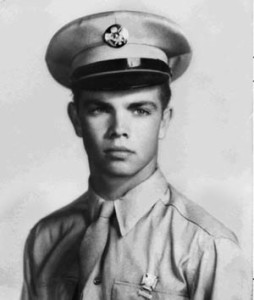
“The battle started on December 16th at about 0530 in the morning. I mean all kinds of shells and everything else came down on us. It was earth shaking. On our battlefront we were holding 26 miles of front for one division … we had up to half-mile gaps in our line. What we did was send patrols back and forth just to patrol it. We were on the hills and sent the patrols back and forth between the hills just to make sure there were no Germans there.”
Cooley notes that Company D was the heavy-weapons company. “I was in 81mm mortars, which is a shell that you lob over that explodes when it hits the ground. First, I started firing toward our front, then to the left, then toward the right, then in the back of us. As young as we were, we finally figured out that we were surrounded, which we were.”
The Germans’ First Toehold
At 7 am the barrage lifted in the forward areas, although St. Vith remained under fire. Now came the inevitable ground attack. The Nazis were heading for St. Vith in force. Wave upon wave of Volksgrenadiers, spearheaded by panzer units, smashed against the U.S. Army’s lines in a desperate attempt to force a decisive, early breakthrough. They were halted in their tracks as the beleaguered 106th Division tenaciously returned fire. A second attack was thrown against the division. Again, the 106th held. The Nazis threw in fresh troops to replace their losses, but there were no replacements for the 106th.
Throughout the day, the attacks increased in fury. Hundreds of well-prepared Germans rushed straight toward the American lines only to be mowed down or driven back. The deadly, vigilant fire of the stubborn defenders exacted a dreadful toll on the German Army.
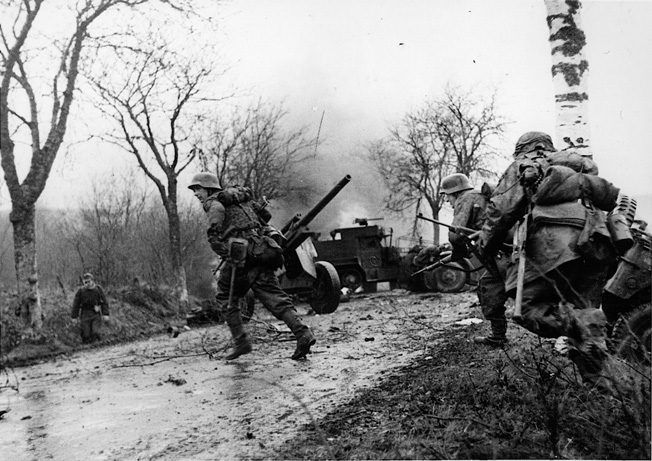
Finally, under pressure of overwhelming numbers, the 14th Cavalry was forced to withdraw on the north flank, giving the Germans their first toehold in the division front. Enemy tanks and infantry in increasing numbers then hacked at the slowly widening gap in an effort to surround the 422nd.
The Heroic Defense of St. Vith
At St. Vith, the first objective of the German thrust, the 106th held on grimly at a time when every hour of resistance was vital to the Allied cause. Although scared and confused, the 106th fought with incredible tenacity against superior forces, with pulverizing artillery battering them from all sides; it was men against tanks, guts against steel. Their heroism gained precious time for other units to regroup and strike back.
A second tank-led assault, supported by infantry and other panzers, hammered relentlessly at the 106th. Early the next morning, a wedge was driven between the two regiments. This southern German column then swung north to join the one that had broken through in the 14th Cav’s sector. Two regiments from the 106th—the 422nd and 423rd, along with the 589th and 590th Field Artillery Battalions—were surrounded. The third regiment, the 424th, managed to pull back to St. Vith.
In the ranks of the defenders in the fields east of St. Vith there was frenzied activity as cooks and clerks, truck drivers and mechanics shouldered weapons and took to the foxholes. Hopelessly outnumbered and facing heavier firepower, they dug in for a last-ditch defense of this vital junction. Even though they were almost completely surrounded, the 422nd and 423rd fought on relentlessly. Ammunition and food ran low. Frantic appeals were radioed to headquarters to have supplies flown in, but the soupy fog that covered the frozen countryside made air transport impossible.
The 424th Regiment, the 106th Reconnaissance Troop, 331st Medical Battalion, and 81st Engineer Combat Battalion suffered heavy casualties at St. Vith. Despite the vulnerable 27-mile front that the division had to defend, and despite inadequate reserves, supplies, and air support, the valiant men of the Golden Lion Division inscribed their story in blood and courage. Their battle ranks with the Alamo, Château-Thierry, Pearl Harbor, and Bataan.
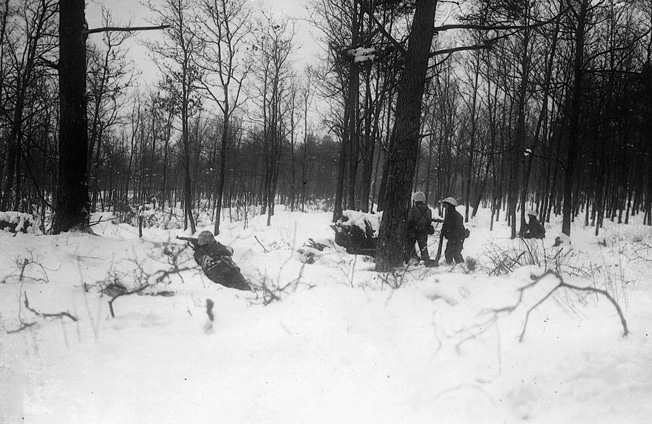
In one of the bloodiest battles of the war, the 106th showed the Germans and the world how American soldiers could fight—and die. When the terrific onslaught began, the 106th had only been on the continent for 10 days. In the five days they had been on the line, there had been little rest. The valiant stand of the two fighting regiments surrounded by the Germans proved to be a serious obstacle to Nazi plans. It forced the Germans to throw additional reserves into the drive to eliminate the cut-off Americans, enabled the remaining units and their reinforcements to prepare the heroic defense of St. Vith, delayed the attack schedule, and prevented the early stages of the Battle of the Bulge from exploding into a complete German victory.
Field Marshal Sir Bernard L. Montgomery would later say of them, “The American soldiers of the … 106th Infantry Division stuck it out and put up a fine performance. By jove, they stuck it out, those chaps.” But on that first day of battle, it was impossible to know if any American unit would be able to “stick it out.”
Robert Kennedy at Aachen
The first artillery volleys by the German Army were audible to Allied soldiers miles from the front, demonstrating how large the offensive really was.
Robert Kennedy was a member of Maj. Gen. Charles H. Corlett’s XIX Corps, which was positioned in the northern area of the Bulge, just outside Aachen, Germany, the first major German city to be attacked by the American army. Kennedy was a German translator/interrogator.
He recalls, “I was there the first morning that we got the surprise attack. We got up and were near Aachen, just outside the town in a suburban area. The front was just down a little ways. We heard all this firing and wondered what it was…it was German firing. They were firing over our heads back at the replacement depots, and they had a lot of heavy artillery.
“Then we found out that the Germans had passed us over and made a turn and presented a front to the south. We were strung out east and west, and back behind us were the British, who were facing the German front…. It was a miserably cold morning, and the streets were terrible with ice. There was nothing much we could do because we did not know what was going on, and they did not advance toward us, just toward the frontlines.”
Even though the soldiers of XIX Corps were just outside Aachen, and even though they did not have to deal with the first wave of the German attack, they were still part of the Bulge. With the British positioned behind them, the responsibility of the XIX Corps was to make sure the German Army did not try to swing northward to get to the Meuse River via Aachen.
“We Were an Odds-and-Ends Division”
A veteran of the terrible encounter near St. Vith, John Hillard Dunn, Company H, 423rd Regiment, 106th Division, recalls those first terrifying days and nights in the direct path of a massive German offensive.
“As I remember it,” he says, “I was trying to sleep in the ruins of a German farmhouse. It was December, cold and snowing. Squirming about in my sleeping bag, I felt reassured by the three-foot thickness of the wall against which I rested my shivering spine. Sometime in the night, buzz bombs began their cement-mixer noise overhead. I thought that there were more than there had been the night before, and I felt sorry for the quartermaster corps back in Antwerp, which I imagined to be on the receiving end.
“Later I learned the bombs were dropping on our division headquarters in St. Vith, a matter of 18 miles to our rear. Those buzz bombs were the heralds of a German offensive––the last great Nazi push.
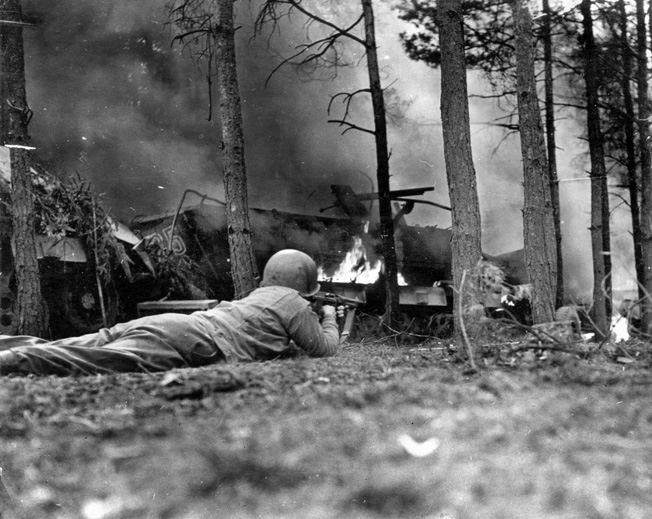
“Our division—the 106th—was newly arrived in the line. We had relieved the 2nd Division on December 12, moving into what a 2nd Division veteran told me with a perfectly straight face was a ‘rest area.’ Actually, it was a salient; a dagger plunged into the West Wall along the Belgium-Germany frontier near the Luxembourg corner.
“We were an odds-and-ends division as green as the pine forests that surrounded us; somebody in our 81mm mortar platoon wanted to know, ‘Why the hell is it thundering in December?’ Our laughter was hollow when somebody informed him that those were big guns, and German guns at that.”
“Welcome to Our Purple Heart Corner”
Dunn was assigned to be a military policeman shortly before the battle began. “I never did any fighting with my mortar squad; perhaps it was just as well, as I had never even seen a mortar fired before I went into combat. Not that I was unusual. Half of our platoon hadn’t, including at least two corporals whose Form 20s said they were gunners.
“My first duty as a combat MP convinced me that this was no goldbrick job. I had a chance to scan the detailed maps and for the first time got an idea of our salient. Lafe, a Southern lad, took a long look and said, ‘Damned if we ain’t got Germans on both sides of us.’
“That remark was underlined for me when I was assigned to traffic duty at a road intersection. This was December 13. The 2nd Division man who had been there greeted me: ‘Welcome to our Purple Heart Corner.’ He then explained briefly, ‘The Heinie artillery has this intersection zeroed in. It ain’t under direct observation, but they drop ’em in here every once in a while.’”
“Huntin’ Pigs”
“He wasn’t kidding. For two days I ducked artillery shells at the intersection. Then came the night of December 15 and the farmhouse with the thick walls. The increase in buzz bombs was not the only significant omen; if we had been veterans, we might have realized that the Germans were getting very bold, that they had too many patrols running around. Already by that afternoon the enemy was playing all kinds of hell with our communications. By nightfall, even our regiment could sense his presence.
“I was shaken out of my sack and the shelter of thick walls around midnight to relieve Outpost No. 8. The man remarked, ‘Somebody’s getting trigger-happy around here.’
“Someone was. A bullet whistled through the dark night over the lonely shed in which I took my post. I could have sworn it came from Outpost No. 7, so I asked into our open-circuit phone, ‘No. 7, what the hell are you shooting at?’
“‘I ain’t shooting at nuttin. It must be No. 6 on my left.’
‘Blow it out your ass,’ No. 6 barked.
‘It’s probably Headquarters Company huntin’ pigs,’ No. 9 butted in.”
The real explanation came later from a captured German: “We were told that we had a green American division,” he said. “We were sent in to disrupt communications and to confuse. So we fired at buildings or anything we could spot in the dark.”
One Last American Meal
Dunn continues, “The cold and weird night, punctuated by small-arms fire, wore on. The dawn of Saturday the 16th came, and from my post I could hear a deep thunder. But the rain that followed was steel.
“Yet nobody realized on the morning of the 16th that the Germans had begun a monster offensive. Not that we didn’t try to guess at what they were doing. In spite of the initial terror, the men around me argued as strongly about German tactics as they had recently debated the American League pennant race. We thought that Fritz was merely taking advantage of our inexperience to run a sortie and in a few hours would return to his comfortable pillboxes and dugouts that overlooked ours from the main ridge of the Schnee Eiffel.
“But then they told us we couldn’t move our 50 prisoners back to division, and we wondered why. Already we were bypassed by the onrushing German tanks, and I for one certainly didn’t know it, nor would I have believed it had anyone told me.
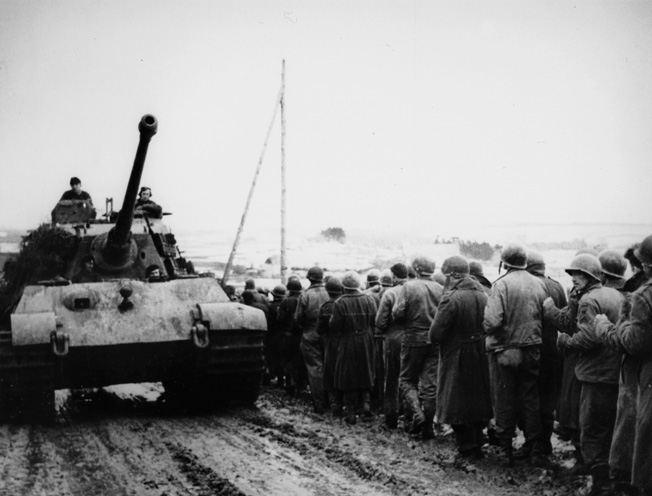
“Toward evening, wounded were reaching our area. I had a chance to talk to a man from Cannon Company. His was the story of a forlorn, desperate little action in the German town of Bleialf, southwest of regiment headquarters and to the rear of our right flank.
“‘So you wanta know what the hell Cannon Company is doing–fighting in Bleialf,” he said as he rubbed the bandage on his right leg. ‘The goddamned Heinie infantry takes Bleialf in a surprise move. Our rifle companies are too damned busy to do anything about it. Besides, Cannon’s run out of ammunition for the guns by now anyway.’”
He stopped to light a cigarette.
“‘Understand, I ain’t beefin’, but hell, village fighting with carbines and damned few grenades ain’t no picnic. What the hell, though, somebody’s got to try to take the damned town back. Ain’t no other way of getting to division at St. Vith.’
“That explained, I realized, why division headquarters couldn’t take our prisoners. We were cut off.
“‘We take her back,’ the Cannon Company GI went on. ‘Don’t ask me how. They don’t let us keep it long. They come back with artillery fire, and then mortars and then infantry. There’s Cannon guys left back there, but they ain’t movin’.’
“He lit another cigarette from his butt. ‘That’s how it is, Mac. But where the hell do we go from here?’
“I wondered too. As the white of the snowy hillsides turned to a dirty gray in the evening twilight and then into formless darkness, I ate my last American meal for four months.” He would soon be taken prisoner.
The 28th Division Surrounded But Still Fighting
Dunn says, “That night the crucial situation was reflected in the [50 German] prisoners. Cowed and obedient for two days, they were getting cocky and talkative. Huddled together in a cold barn, they would erupt into conversation against orders. And it wasn’t until [my buddy] Angie fired a burst from his grease gun between the legs of a particularly obnoxious Nordic blond that they shut up.”
The numbers of Norman “Dutch” Cota’s 28th Division had been terribly depleted in November during the bloody Battle of the Hürtgen Forest, but they still fought on, pushed to the absolute limits of endurance. In the forlorn hope of getting some well-earned R&R, they were moved south to Luxembourg. The rest they so richly deserved would still be a long way off because, when the Battle of the Bulge began, they unfortunately found themselves in the path of the overwhelming numbers of the German Fifth Army, commanded by Baron Hasso von Manteuffel. His left two panzer corps broke through the 28th and reached the outskirts of Houffalize and Bastogne, Belgium. The Pennsylvania “keystone” arm patch would once again earn its title of the “Bloody Bucket.”
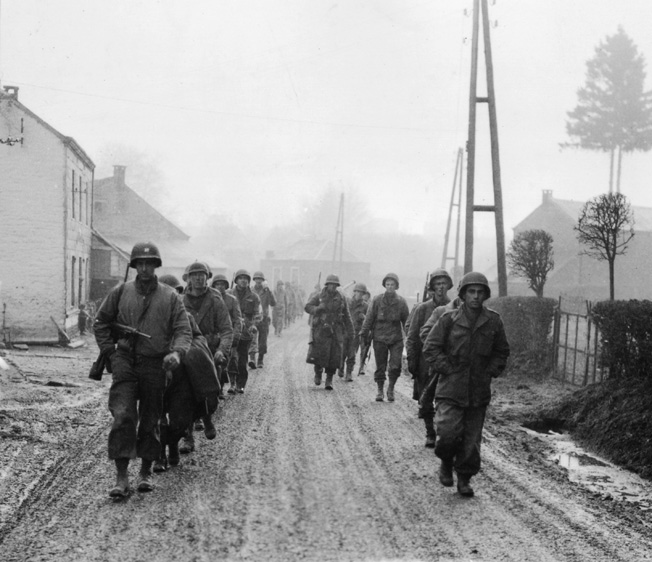
In total, nine enemy divisions were identified in the striking force that kept hammering the 28th troopers. Keystone men were outnumbered, overrun, cut off. Despite all the adversity with which they had to contend, they refused to panic. Under cool-headed Cota, the 28th fought, delayed, and fought.
Five German divisions—panzer, infantry, and Volksgrenadier—hurtled across the Our River the first day of the assault. The 28th Division was severely mauled yet again, but despite repeated Germans attacks it still managed to hold the line and fight back. As December 16 wore on, division lines eventually snapped under excessive pressure.
Germans in Disguise at the Bulge
The 28th’s 112th Infantry Regiment, isolated from its parent division by the German thrust toward Bastogne, plugged the line for two days before pulling north to join the one regiment left of the 106th Division (the 424th) as a combat team.
Allan P. Atwell, assigned to the 28th Division, recalls, “I was headed toward Bastogne as a rifleman replacement when asked if I would be interested in becoming a military policeman. I made a quick decision and became one on the spot. Our biggest concern as MPs was to look for Germans dressed up as American soldiers.
“If a jeep had black canvas covering the lights, that would give us cause for further investigation. Passwords at roadblocks were a big thing. As I remember, there would not be a particular password but they would ask for a word only an American would normally know. Like players on baseball teams, or what states certain cities were in, or possibly where a river might flow and in what direction. It was a little scary.
“I, myself, never confronted a German soldier under these conditions—that I was aware of, anyway. I saluted General Patton one day as he rode by in his sheepskin jacket and pearl-handled pistols.”
Dorothy Barre: Army Nurse
Men weren’t the only ones in the thick of the action. Dorothy Barre worked as an Army nurse in the surgical orthopedic wards. She recalls, “We were set up in Liège before the Bulge broke, and we were in tents that would hold 30 patients at a time. In the center of each tent was a potbelly stove that kept us warm, and we had surgical carts we could use for dressings.
“When the Bulge broke, Liège was an ammunition dump, so [the Germans] were sending buzz bombs toward the city. We were in that alley of buzz bombs, and when we heard them, a patient would run out and see what route they were on. There were three routes that they fired over us. Over that period, we were hit three times with the buzz bombs, not where the patients were. We did not have any casualties. We were 10 or 12 miles from the fighting.
“But one time one of the buzz bombs hit nearby, one of the houses, and we admitted Belgian patients. I had a mother and a daughter, and the daughter died. The doctor and I worked together to help them until they could get the mother to the Belgian hospital in Liège.
“Before the Bulge, we treated soldiers sometimes, but when the Bulge started, we got them from army trucks or stretchers. They might just be wrapped in blankets, the young fellas, and we got them washed up. Sometimes we would have four nurses to one guy, getting them washed up, pajamas on, their dressings checked. We would ask them if they had pain, and we carried codeine and aspirin in our pockets.
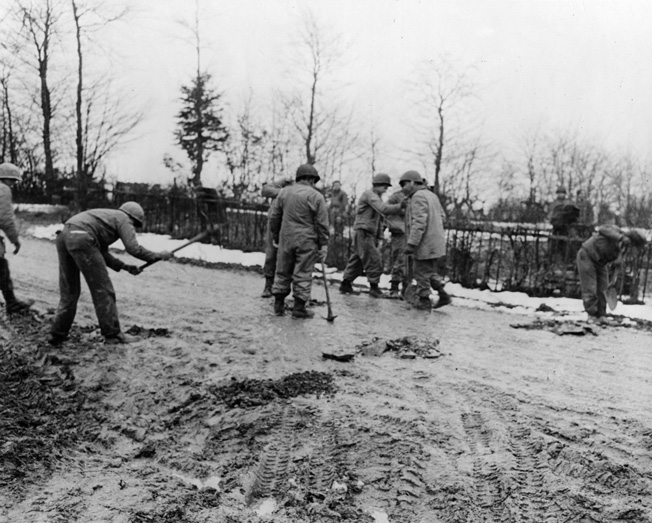
“I remember sitting on the cots and talking with the guys. They would always ask me where I came from, since I have a Boston accent. Sometimes they would stay with us for just eight or 10 hours. The patients would get a good meal and cleaned up and given penicillin, too. After they were well enough, they were flown to Paris or London. We had a few from the 101st paratroopers and engineers as well.
“I think we knew that the Germans had broken through and the Bulge was getting close to us. We didn’t go into the city, about four miles away. We stayed in a chateau, a stone building. I was on the third floor, and there were seven to eight nurses to a room with a potbelly stove in the center. We had showers down in the cellar. Some nights, some of us would go down in the cellar because of those buzz bombs. They would start them about 11 o’clock at night and go until about two or three in the morning, and then they would start again at four in the morning.”
The Freedom Fighters of Bocholz
Joseph “Joe” Ozimek, a member of Battery C, 109th Field Artillery Battalion, 28th Infantry Division, says, “At the end of November, they pulled us out of the Hürtgen Forest, and we were sent to Bocholz [about 40 kilometers south of St. Vith], Luxembourg. We went over there to get some rest and get new replacements. December 16 at 0530 we could hear guns going off over in Germany. Then we had one on the road about 100 yards from us. It tore up the road and cut our telephone wires.
“It was my turn to take care of the .50-caliber machine gun on a tripod. I had just checked the gun to make sure it was loaded when one of the regular .50-caliber guards came up to me and said, ‘Joe, we’re out of touch with headquarters. All lines are cut.’ So off we went to our truck for some wire, and there were also three other wiremen we had to walk with to the road.
“The night was pitch black, and it was difficult to work under these circumstances. Suddenly, a shell exploded, and shortly thereafter we heard singing. The .50-caliber gun went off, and after some light flares were shot in the air, I was just standing in the middle of the road. Now, if a flare goes off and you don’t move, they can’t see you unless you move. It took me five minutes to get to the side of the road.
“Thank God the sun started to come out, and it seems our machine gun team took apart a German machine-gun group. We found about 12 bodies, all bloodied, and plenty of wounded to carry back. One German was killed trying to hide in the small church door. By 0930 we went back to patching the wires. This is when three Luxembourg freedom fighters showed up who wore ‘FFI’ armbands and carried Belgian .38-caliber guns; they looked like our .45-calibers. They pulled about four or five Germans off the road and shot each one in the head. Our captain stopped them and told them to stop with the shooting. It was still dark, and our troops might mistake the noise as coming from the Germans, so we might be hit.
“That day our captain was [later] shot in the leg…. He maintained his command and used a rifle as a support. He would only be evacuated to the medic station at 1700. He would be out for four months, and the gunner was also hit in the cheek. Five others were shot that day. I can’t tell you how many Germans were shot, but they must have had plenty of wounded, judging by all the blood on the road.
“We held on to Bocholz until December 18th, when we heard over the radio in Wiltz: ‘We are closing station now. Hope to see you in Bastogne.’ ”
Deploying the 10th Armored Division
John Kline, a soldier in M Company, 423rd Regiment, 106th Division, says, “Because we were high atop the Schnee Eifel and out of the mainstream of the German offensive, we were probably the last to know that it had been launched. I cannot remember any evidence or any sounds that would have indicated to us the size of the battle that was to take place.
“Our company commander set up his headquarters in one of the enormous Siegfried Line bunkers. The bunker was not completely demolished, as they usually were. The underground rooms were intact and accessible. He had taken a room several flights down. The command bunker was on the crest of a hill. The firing apertures faced west toward Belgium, the backside toward the present German lines. There were steep slopes on either side, with signs and white caution tape warning of mine fields. There was a pistol belt and canteen hanging in one of the trees on the slope. Apparently, some GI had wandered into the minefield.”
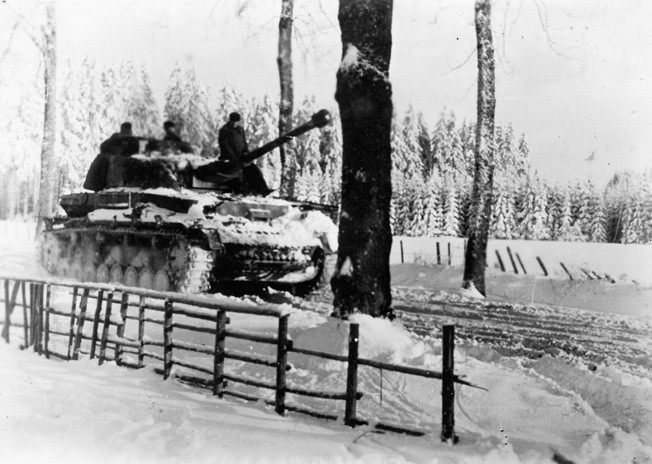
News of the German offensive started to spread throughout Allied rest areas in France, but it was not at first clear if the rumors were true. It didn’t take long for the rumors to turn into fact.
Lt. Gen. George S. Patton, Jr., commander of Third US Army, was given orders to suspend his attacks in the Metz area and send reinforcements to Belgium. It soon became obvious that the Germans had as one of their objectives the key road-junction town of Bastogne, Belgium. One of the units that was pulled out of the line and sent north was Maj. Gen. William Henry Harrison Morris, Jr.’s 10th Armored Division.
The sudden deployment of the 10th Armored was a surprise to many of the division’s men.
“I was in a chateau in Sierck, France,” says Clair Bennett, Company F, 90th Cavalry Reconnaissance Squadron (Mechanized), 10th Armored Division. “I was told by a runner to return to HQ. I did not pay attention to him, but the second time he told me I did. I had heard that tale before, but this time it was real. Then, as we were moving out, we found out that the Germans were attacking Belgium.”
W.D. Crittenberger, 420th Armored Field Artillery Battalion, 10th Armored Division, says, “We were north of Metz when the Bulge began, in the small town of Launstraff, France, right on the German border, when we were ordered up to Bastogne. We heard about the Bulge because we always tuned our halftrack radios to the BBC. They overlapped, and around 0200 we got a warning order from Division Headquarters saying they were getting ready to go north. Then around 0800 we got our orders to be part of CCB [Combat Command B] and go to Bastogne. On the 17th we drove about 60 miles up to Luxembourg and stayed overnight.”
Don Olson of Troop C, 90th Cavalry Reconnaissance Squadron, 10th Armored Division, recalls, “We were pulled back to Metz to resupply and re-arm, and we expected to spend Christmas there, and then we got the call to move. We had people in Paris on leave, and they had to round them up. We did not know where we were going; we were traveling at night. They did not allow headlights; we drove in the dark, and it was getting colder.”
Low on Blood at the 58th Evacuation Hospital
Helen Rusz was an Army nurse at the 59th Evacuation Hospital. She says her unit was “south of Metz, France, in the town of Épinal, when the Battle of the Bulge broke out. We moved towards Metz and stayed near there during the Bulge.
“We used to tend the wounded, and when they came into the emergency room, we made sure they had a tetanus shot. The only way we would know if they had had a tetanus shot or not—because half of them were wounded and didn’t know what they were saying or doing—was if they had “TAT” on their forehead. They didn’t have the nice markers like we have today; they would put it on with ink or lipstick. If they did not have “TAT” on their forehead, we would give them a tetanus shot right away, that was the first thing we did.
“We would then enter them into the ward, and there was a medical ward, a surgical ward, an intensive care ward, and a cardiac ward, just like a regular hospital. Our unit had about 40 doctors and about 80 nurses. The doctors in the emergency room would decide where they would go, and we would take care of them.
“We would be on duty for eight hours, and then someone else would take our place. Seven to three and three to 11 and 11 to seven were our hours. We would follow the troops, and we would send the boys away when they were as well as they could be. We mostly treated Americans, but we also treated Englishmen and prisoners of war, too. The younger Germans were very nice, but the staunch old German guys did not like it when the German prisoners would communicate with the American wounded.
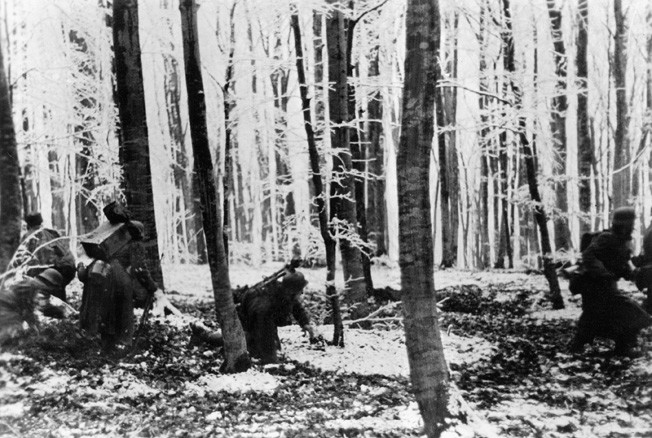
“During the Bulge, there was one fellow who had a very bad eye wound. I really took care of him. I was practically his private nurse; I changed his dressing every day, and I put a solution in his eyes. I think his eye was saved after the doctor told him that it would be all right.
“Another fellow who was in intensive care when I was there, this kid, I do not think he was even 17, he was crying for his momma. It was so sad; he was absolutely out of his head. He was very confused, he didn’t know where he was, he wanted to go home, and he kept crying for his mother. He had a very severe abdominal wound, and we didn’t know if he was going to make it or not. We sent him to England, and I do not know what happened to him. I wish I did.
“The main thing was in the emergency room: they would come in so awful some of them, but you rarely would see them crying, they were so brave. They would say, ‘Oh my God, this hurts,’ and we would give them a shot for their pain, but we did not have any blood for a transfusion. They all needed blood, since they did lose a lot of it. We did have plasma. It wasn’t as good as blood, but there was volume.
“As soon as they were better, we would have the GIs get up and walk, and I loved walking with the GIs. And once they were walking better, they were sent out to a general hospital.”
Reinforcements at the Bulge
Other units were alerted to respond to the crisis. Frank Towers of Company M, 120th Regiment, 30th “Old Hickory” Infantry Division (Maj. Gen. Leland S. Hobbs), says, “When the Bulge broke out, I was at Herzogenrath, Germany [north of Aachen], and we were preparing to cross the Roer River. We did not know what had happened. We were alerted midday on the 16th, I believe, and told to be ready to move out at a moment’s notice. We did not know where we were going until late that night, en route to the Bulge area, in the strictest of secrecy that I was ever aware of, when Axis Sally came on the air and said, ‘The Old Hickory Division is on the way to Malmedy to save the ass of the First Army, most of which has already been captured!’
“That was the first we knew about where we were going. At the moment, we were a little bit skeptical of this, knowing the source, but by starlight calculations, we determined that we were moving due south. Next morning at Hauset, Belgium, it was revealed to us that the Germans had broken through, but we were not told how badly. We soon determined this as we met convoy after convoy heading north! It was the headquarters of the First Army, which had been in the vicinity of Spa, getting the hell out of there.
“They had left behind all kinds of maps, orders, etc., integral to the battle that was going on. All they wanted was to get out of there and save their asses! We continued on to Malmedy on the 17th and found out from the engineer troops, which were the only ones there, what the situation was. We started deploying from that point onward.”
Albert Tarbell of Company H, 504th Parachute Infantry Regiment, 82nd Airborne Division, remembers, “I was on chute patrol duty with the MPs in the city of Reims, France. The 82nd was staying in Camp Sissone near Sissone, France. Our job was to intervene on behalf of the troopers should they get too rowdy or drunk and get arrested by regular Army MPs. We were usually able to reason with them and bring them back to the truck pickup point and avoid more serious charges.
“We were to go to the shooting range on [December] 18th, but when I arrived back at camp late that evening or early morning, there was a lot of activity going on. There were replacements all over the place. I remember hearing one of the replacements telling Sergeant Kogul that he had never fired an M1 before, and the sergeant replied to him, ‘That’s okay, son, you will learn soon enough.’
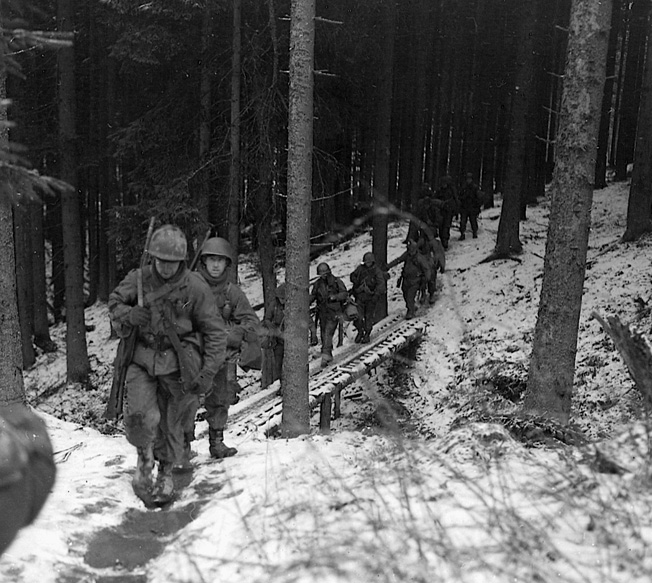
“I still thought we were headed for the firing range. When I arrived back to my quarters, Sergeant Fuller was waiting up for me. I asked him if we were ready and packed for the firing range. He said we surely were ready for the range, and it was then that I first found out about a German counterattack somewhere in Belgium. We did not get much sleep the rest of that night.”
John Kline, M Company, 423rd Regiment, 106th Division, remembers, “My division, the 106th, suffered over 416 killed in action, 1,246 wounded, and 7,001 men missing in action in the first days of the Battle of the Bulge. Most of these casualties occurred within the first three days of battle when two of the three regiments were forced to surrender. In all, there were 641 killed in action from our division through to the end of the fighting. In losses, the German Ardennes Offensive … was the worst battle for the Americans in World War II.”
By the end of December 16, Maj. Gen. Alan W. Jones, the 106th’s commander, had committed all the reserves available to his division except a battalion of engineers at St. Vith. But reinforcements, hastily gathered by the VIII Corps, First Army, and 12th Army Group, were on the way.
In the next issue, the veterans continue their stories of heroism and heartbreak as their units try to recover from their shock and halt the German onslaught that threatens to overwhelm them.
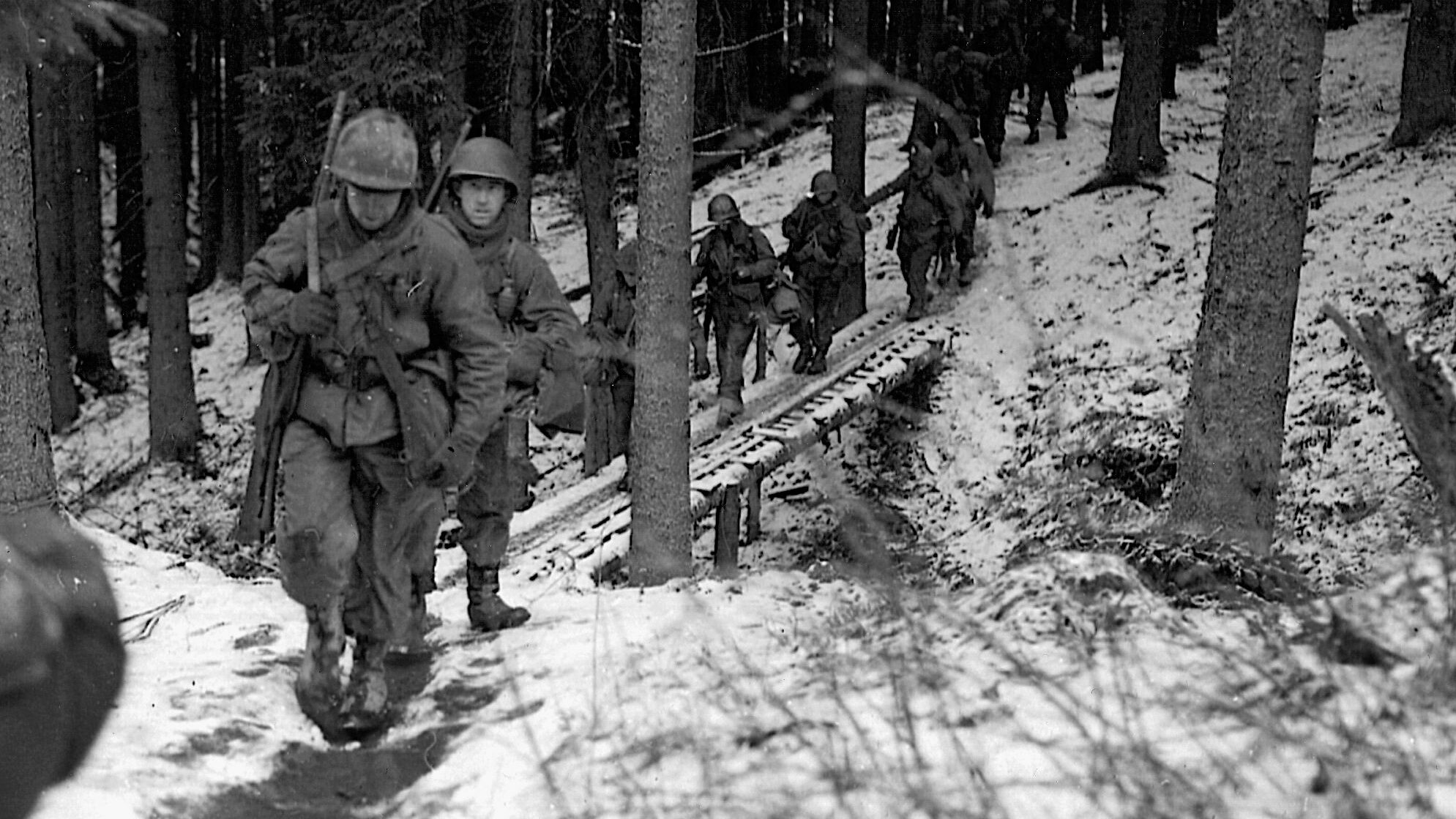
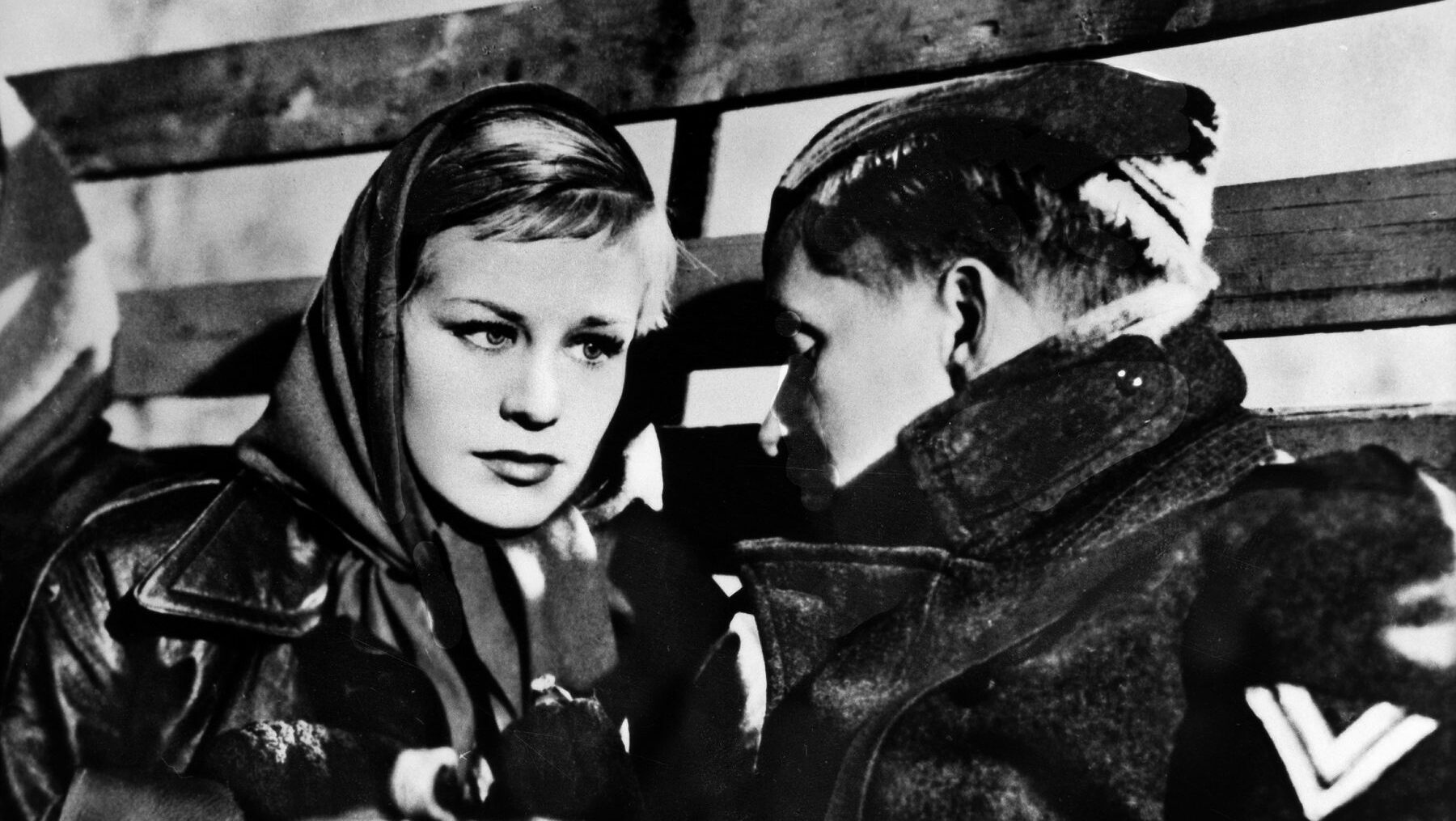
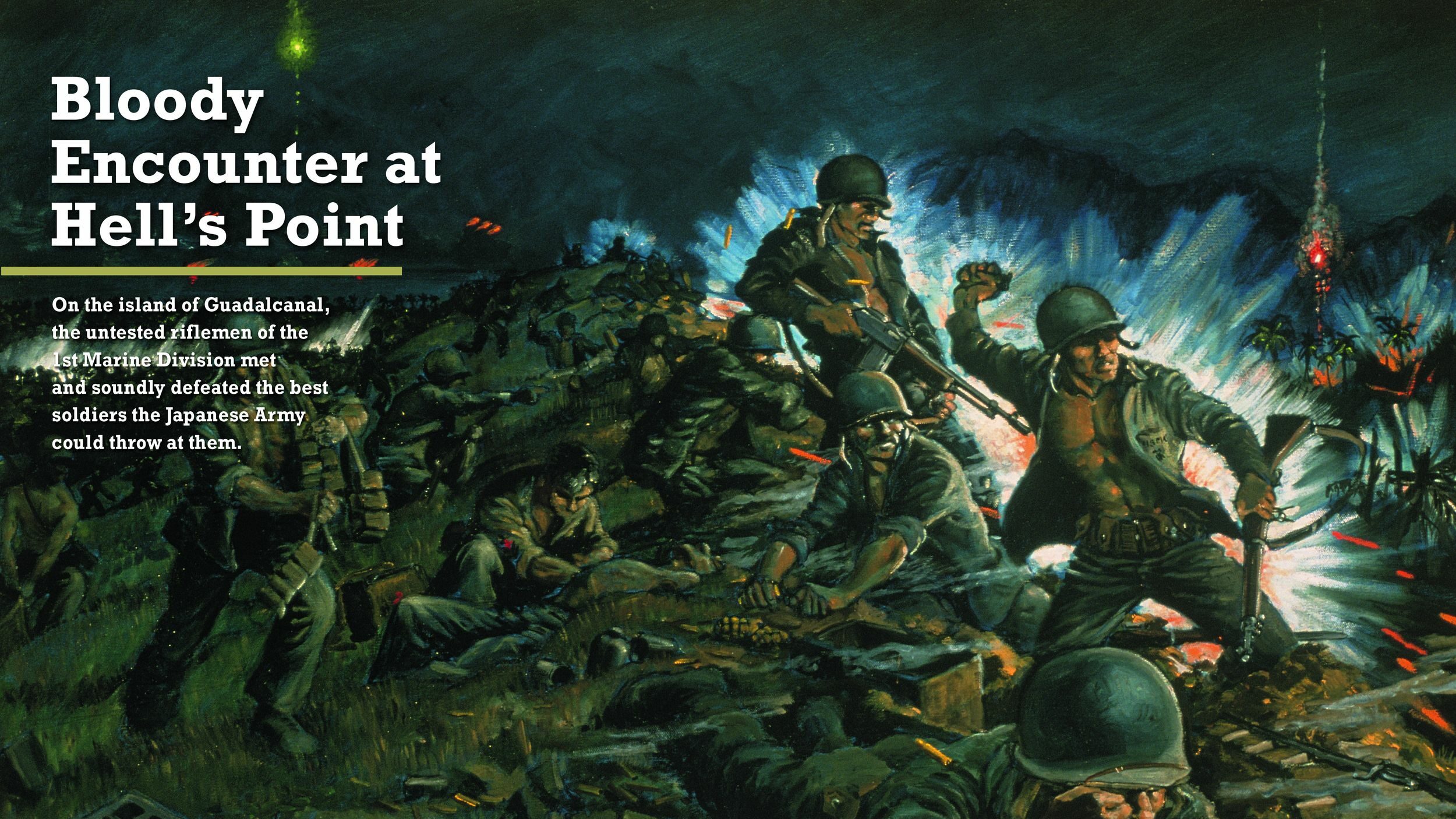
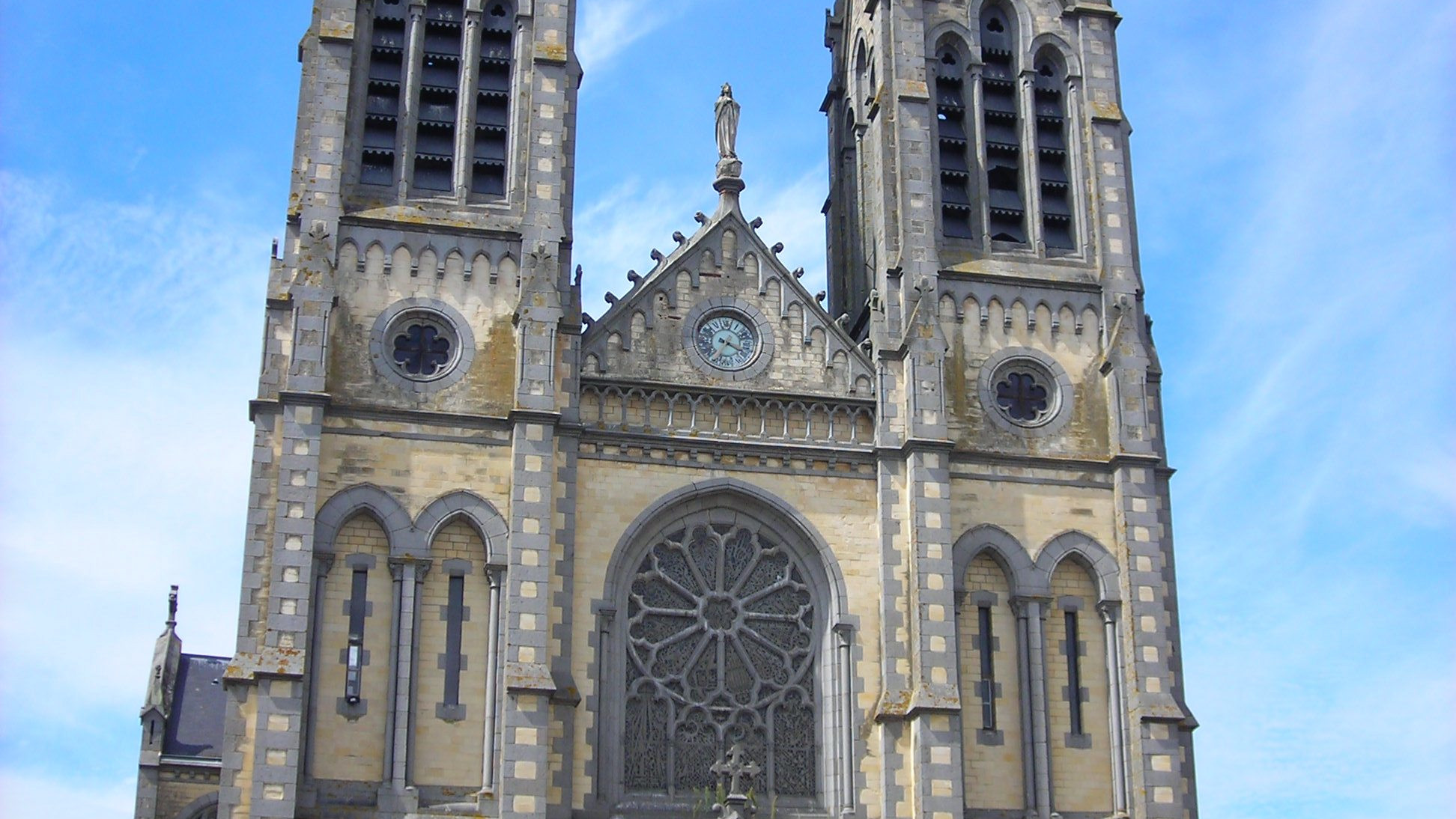
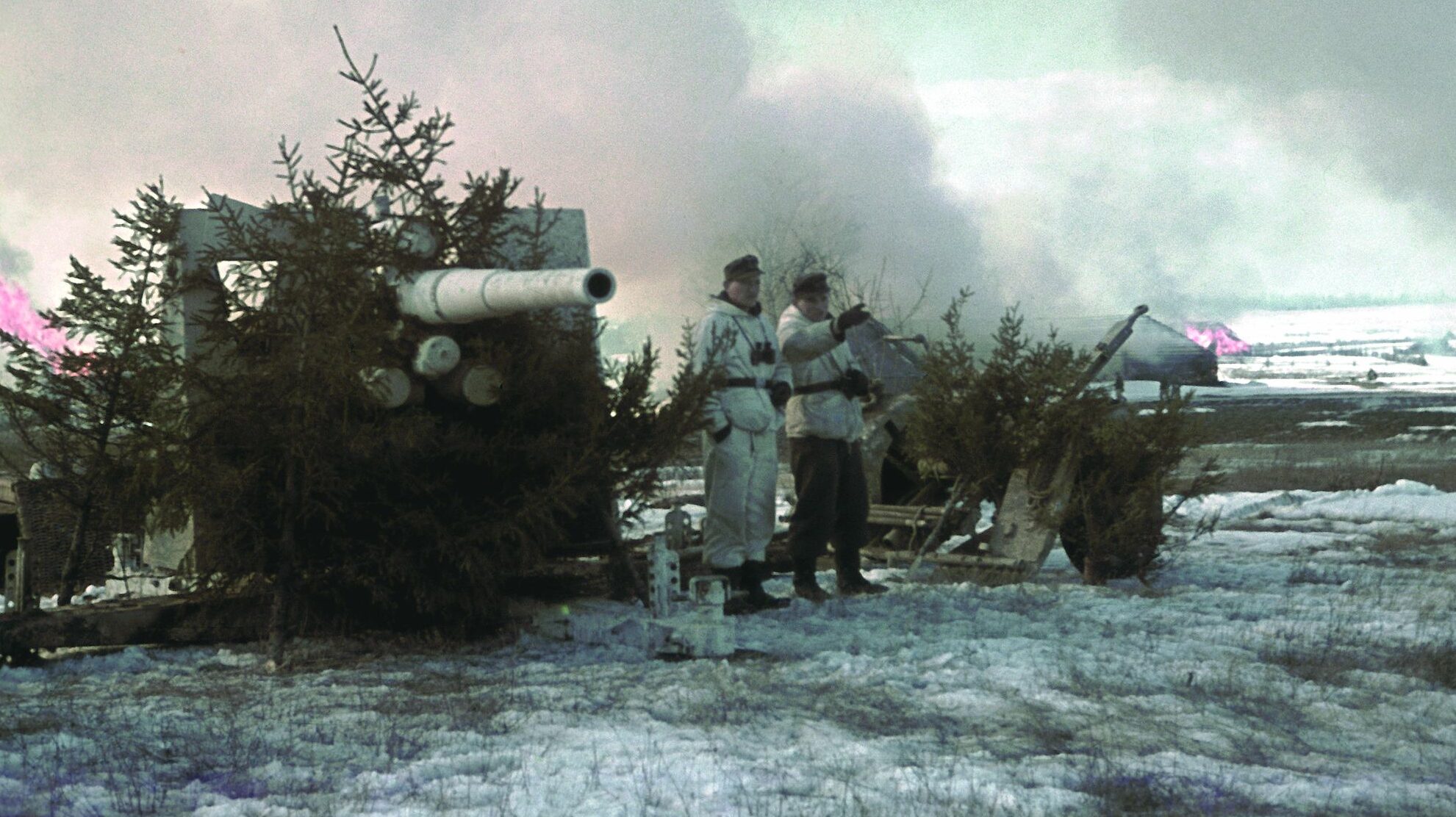
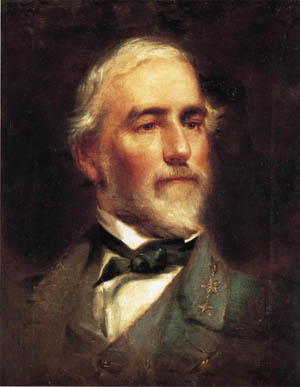
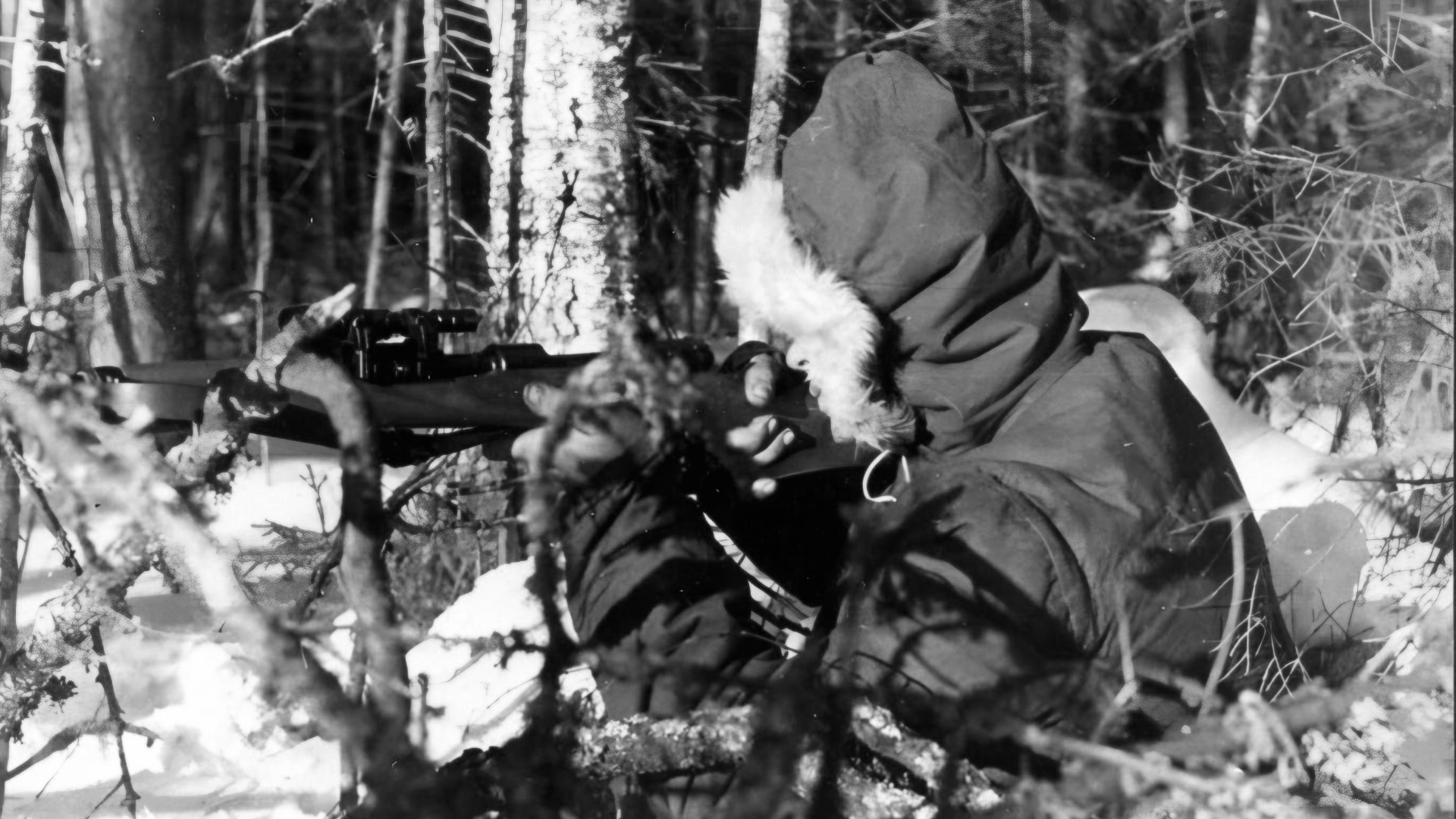
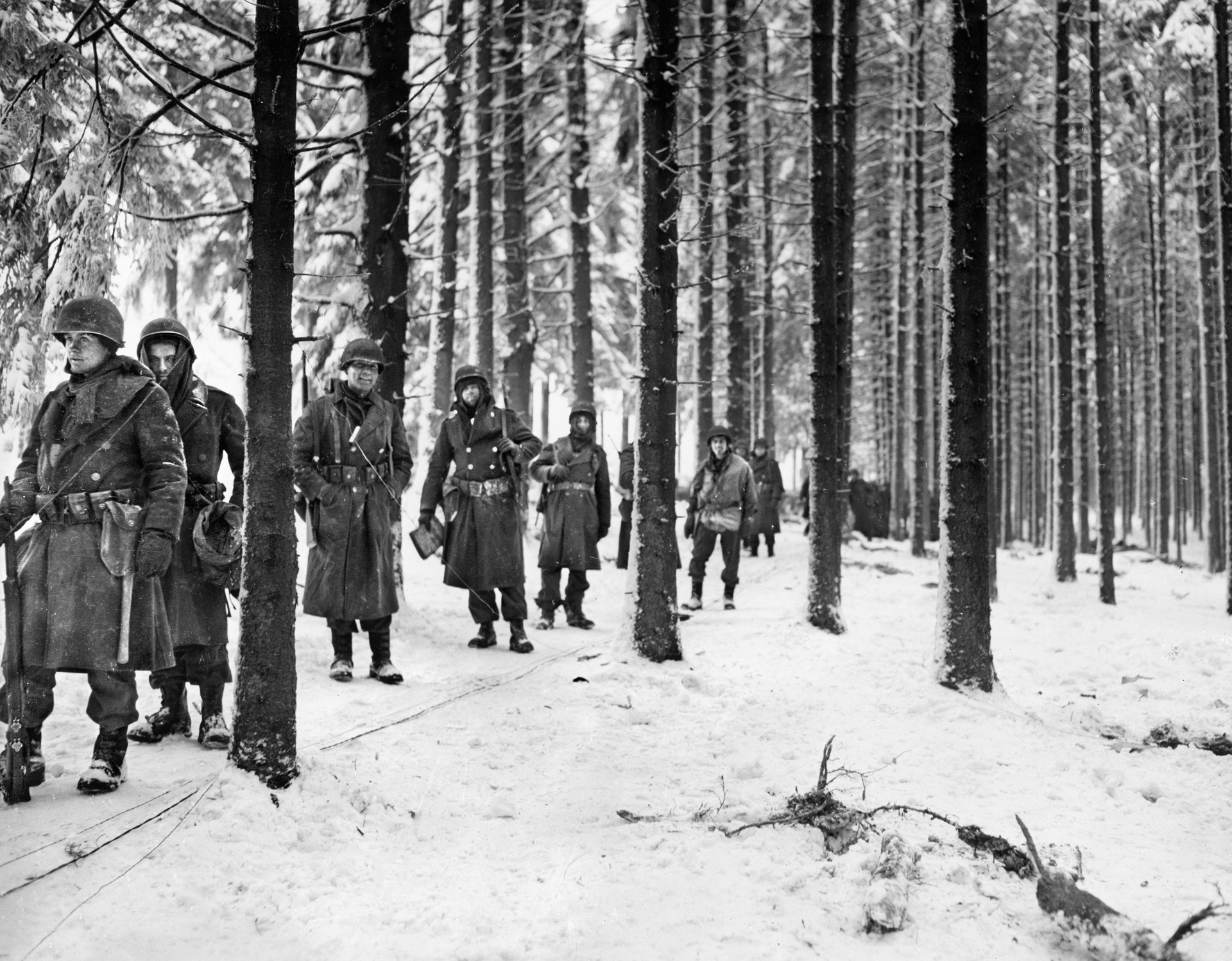
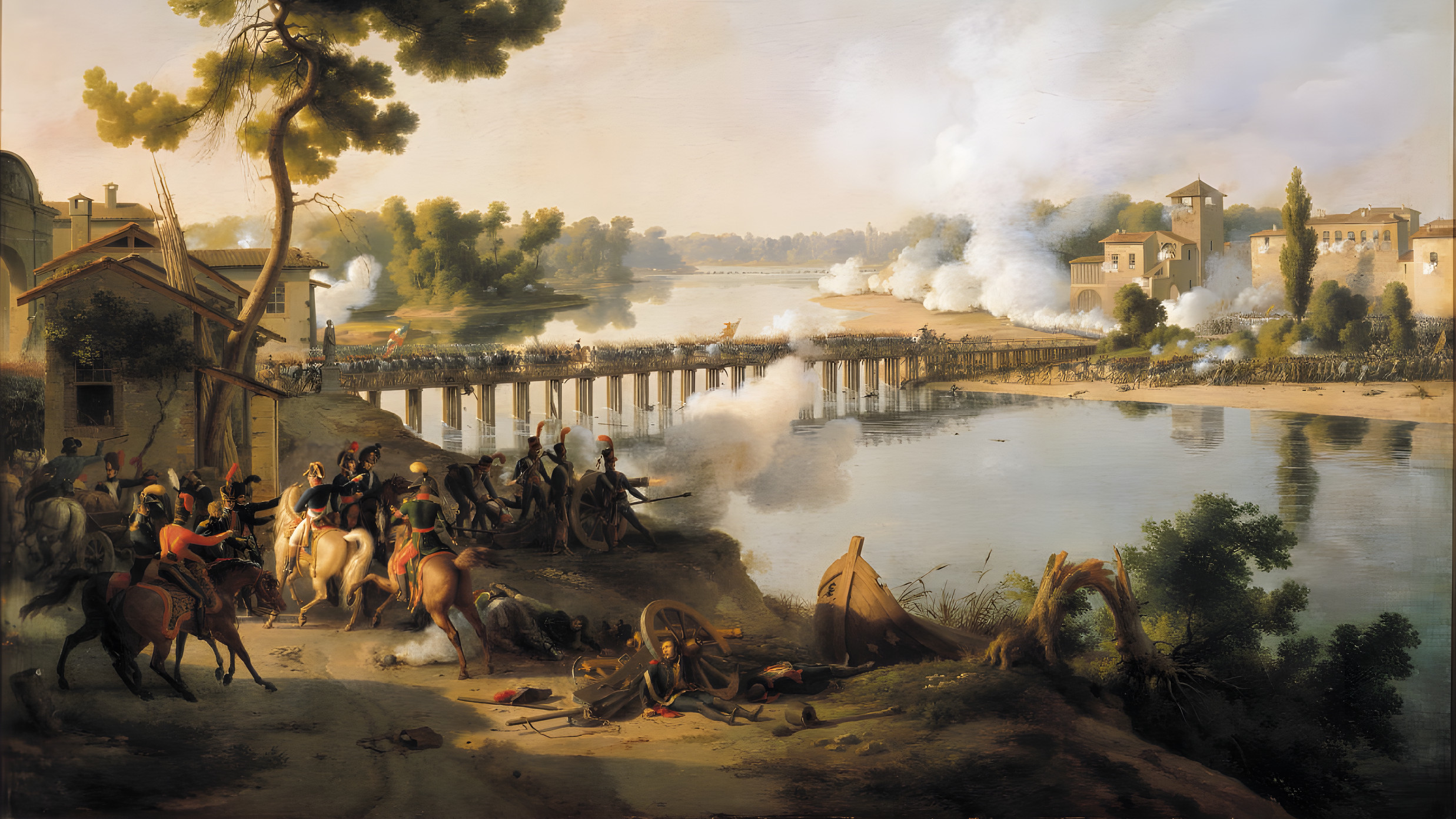
Join The Conversation
Comments
View All Comments